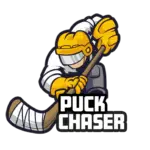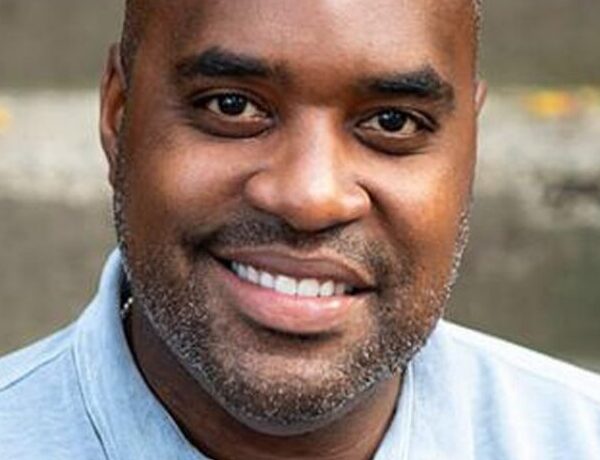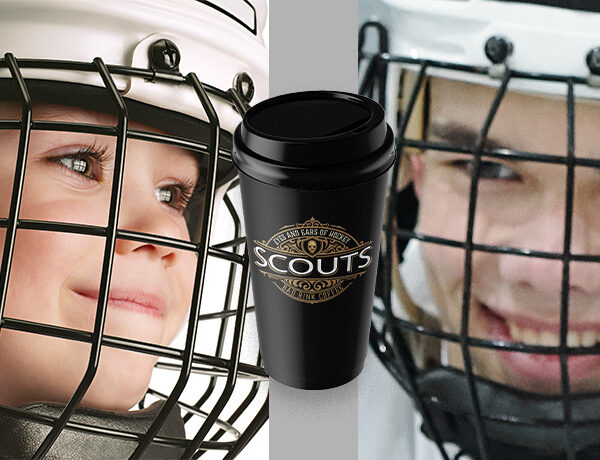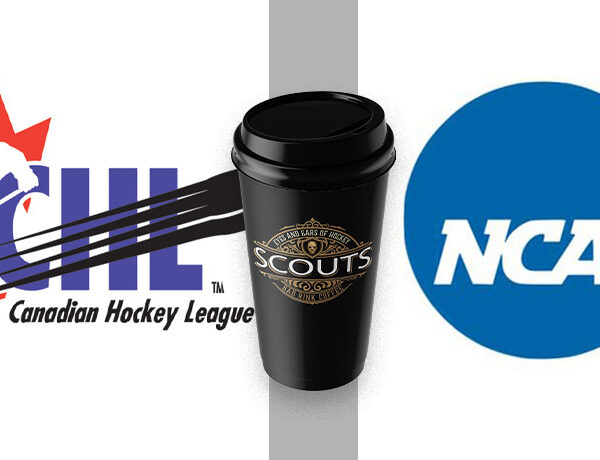In this series on amateur hockey scouting, we compiled responses from 20 different hockey scouts and coaches that scout representing NHL, OHL, CJHL and NCAA teams about their unique job. Many wished to remain anonymous, which we allowed in order to get more candid responses to our questions.
These hockey scouts come from varying backgrounds, ranging from former players — from the NHL, junior and college ranks — to former coaches, including some with limited hockey playing experience. Believe it or not, there is even a former referee. Some have been a hockey scout for over 30 years and others only a couple.

It is not hard to find the next Connor McDavid. Everyone who has seen even a little bit of hockey can usually pick out a generational superstar.
Scouts just don’t look for the best players, often they earn their money by finding the players that best fit with the identity of their organization. So how do they know what to look for?
“In my experience, the good organizations provide specific criteria for their scouting staffs.” said one former NHL and now CHL coach. “Teams will usually rank the various skills in order of importance to their organization (i.e. skating, skill, sense, size, compete level). Each team will have slight differences in preferences but these rankings become an essential element when building your draft list.”
Former NHL and current OHL Scout Mark Seidel of North American Central Scouting echoed this sentiment.
“The best example of this has been the Soo Greyhounds from when Kyle Dubas was there,” Seidel said. “They wanted to play a quick puck possession, skill game without a huge reliance on size or toughness. The staff went out and drafted that type of player that fit that style …”
Analytics helps with some of that decision-making. Certain teams have placed a greater emphasis on analytics than others in recent years, but the consensus is that the analytics provided are just another tool utilized by scouts and team management to evaluate players.
“Analytics provide a tool for greater in depth player analysis but cannot be the sole criteria. It is a tool to create a tangible case to support the “eye test” and to verify the criteria rankings,” said one scout. “Conversely, analytics provides data that forces all scouts to reassess certain evaluation processes and criteria.
“Sometimes what you see in a player does not actually materialize on the ice in a consistent manner.”
Mistakes are made and every tool is needed by the scouting community to mitigate the risk of a wrong evaluation in scouting.
The hardest part of the job is not picking the best players in the moment but how those players will project out. The business of evaluating teenagers is an inexact science and a very difficult task. Consensus among all of the scouts is that to look at a 15-year-old kid and project out to how good they will be at 19 or 20, or projecting a 18 year old kid out to guess how they will be at 22 or 23 is the most difficult aspect of the job.
Character, upside, hockey IQ maturity and intelligence are all key factors only discovered through thorough ground work and multiple views of a player.
“I guess that is one of my pet peeves,” said one OHL scout. “There are a number of media scouting lists or Internet pundits that put out lists and unfortunately they haven’t put in the time to truly evaluate players. Parents get wrapped up by these sources of information. Even the well known media types that focus on the NHL draft are not seeing the players as often as we do.”
One NHL scout went on to say, “That is the biggest mistake made by scouts. You cannot listen to outside influences. You cannot walk into a rink with a preconceived notion about a player because you may miss something or miss someone else.”
Another scout said, “We must battle biases and stick to factual evidence. Too often we see scouting with your ears rather than your eyes.”
Mark Seidel echoed those comments, “I despise when you hear scouts say that a kid is a bad kid or has character issues. Unless I have personal knowledge of an incident I discount it. Do your own research and make your own evaluation.”
All of these statements speak to the need for scouts to form their own opinions.
“I’ve been at the draft table and had to fight for a player that I believed in,” another scout said. “We really stick our necks out if it is a player that can be a difference maker, but you have to spend the time (evaluating the player) to be sure before you do that.”
Amateur Hockey Scouting
Good communication within an organization can make it easier for a hockey scout to spot specific skills a team is looking for in a player.
There are several factors a young player must look at when selecting a hockey agent according to Panthers Assistant GM Brett Peterson
Hockey scouts preach patience when it comes to giving advice to hockey parents and stress that players all develop at different rates.
Hockey scouts discuss the differences between the Canadian Hockey League and NCAA as options for young Canadian hockey players.
Hockey scouts look for negative attributes such as body language and questions about a player’s character when evaluating talent.
The post How Does a Hockey Scout Know What to Look for? appeared first on Elite Level Hockey.





